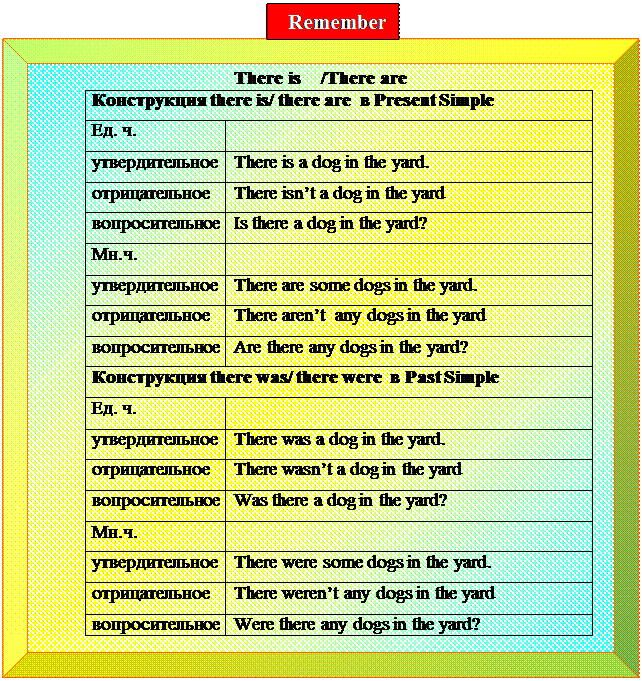Make up questions and answer them.
Retell the text
Read and translate the text.
B) which varieties of English people speak in the world and in what countries they are spoken.
Английский язык - язык мирового общения.
Pre – reading task
Do you know:
a) how many different languages there are in the world;
The English Language
English is the second most widely spoken language in the world (the first is Chinese) and it is the most popular. It is the official language of the United Kingdom, Ireland (Eire), the United States of America, Canada, Jamaica, South Africa, Australia and New Zealand and it is widely spoken in India and the Philippines.
It is the language of international business and science, of aviation and shipping. It is the language of computer science, of sport and politics. About one third of the world speaks English.
Varieties of English
As so many people speak English in so many different countries, there are many different "English languages." One English is Standard English or Queen's English. This is still the most common form on the radio and TV, but the prejudice against regional accents is fading. American English is the variety of English spoken in the United States of America. It is different from English in pronunciation, intonation, spelling, vocabulary and sometimes even in grammar.
An Englishman goes to the town centre to see a film while an American goes downtown to see a movie. If an Englishman needs a pen he would ask you: "Have you got a pen, please?", but an American would say: "Do you have a pen?" On the right there is a list of the most common words which are in the two "English languages."
Some American words were borrowed from the language of the Indians; these are words such as canoe, moccasins, opossum, raccoon1, tapioca and toboggan2.
Note: 1. raccoon : small, furry animal
2. tobogan: sleigh, used on snow
3. settler: someone who colonizes a new country
4. chowder: shell-fish soup
From Dutch settlers3 the first colonists borrowed boss and cookie, and from the French chowder4 and bureau.
The Pyramids – Brazil?
The Taj Mahal – India?
A: Are the Pyramids in Brazil?
B: No, they aren’t. They ‘re in Egypt.. Is the Taj –Mahal in India?
C: Yes, it is.
1. The Sydney Opera House – Canada?
2. The Eiffel Tower – Italy?
3. Big Ben – England?
4. The Parthenon – Poland?
5. The White House – the USA?
6. St Basil’s Cathedral – Russia?
7. The Statue of Liberty – the USA?
8. Madam Tussaud’s Museum – France?
9. Nelson column – Sweden?
10. British Museum - Ireland?
3.Оборот there is / there are
Данная конструкция употребляется если необходимо:
· указать местоположение предмета
There is a book on the table.
· сообщить о каком – либо событии, которое произошло – There were two general elections last year.
· описать сцену или ситуацию, которая произошла-
There was a magazine lying there.
Форма глагола to be зависит от числа существительного, стоящего за конструкцией there is/ there are.
Если за конструкцией there is/ there are следует существительное во множественном числе, то глагол to be употребляется форме множественного числа.
There were two men in the room.
Глагол to be используется в форме единственного числа, если мы перечисляем предметы, а первое существительное за конструкцией there is/ there are – в единственном числе или оно неисчисляемое.
There was a sofa and two chairs in the room.
Студентам следует помнить, что глагол to be используется во множественном числе перед словами, обозначающими какое – ни будь количество чего-либо, начинающиеся на a: a lot of, a few, a number o,f, a thousand, a dozen, a hundred .
There were a dozen reasons why a man might hurry from a bar.
В настоящем времени глагол to be имеет формы настоящего времени (is, are) , в прошедшем - (was, were)
Наречие места there всегда в безударном положении и произносится [ðə]. Слово there является в предложении подлежащим.

Fill in the gaps with there was /there were.
1. … a small table in the room.
2. … some flowers in the vase.
3. … a big fir-tree and some pine-trees.
4. … many pictures on the walls.
5. … a flower –bed in the yard.
6. … a lot of students in the hall.
7. ... one project which deserved our attention.
8. In our design office … a lot of customers.
9. … a lot of work for us to do yesterday.
10. In the article … a great deal of interesting information on the subject.